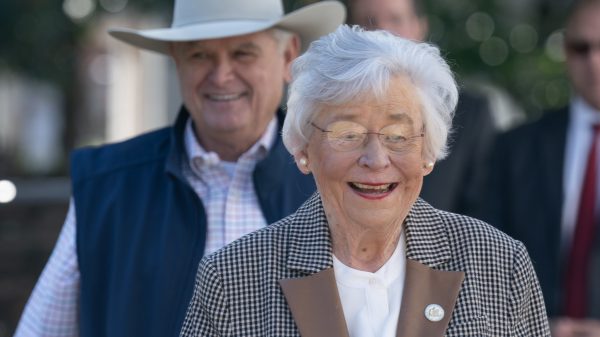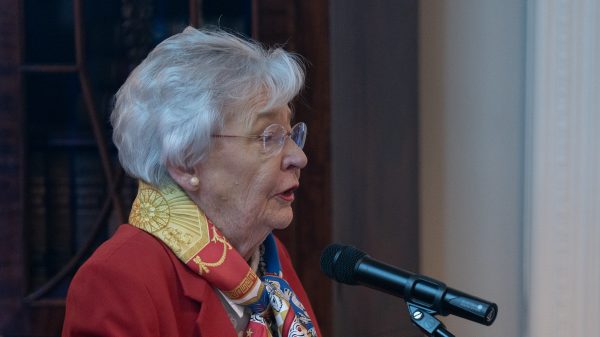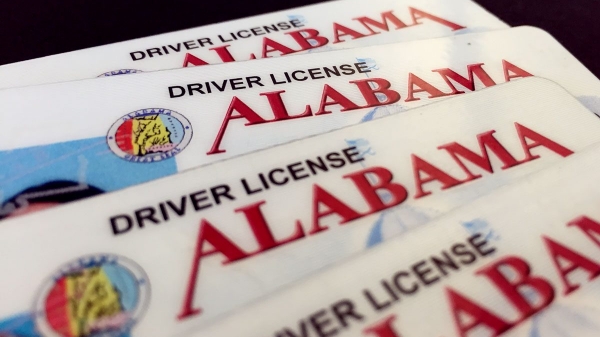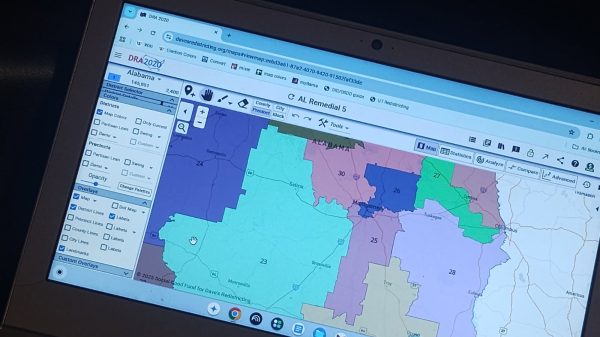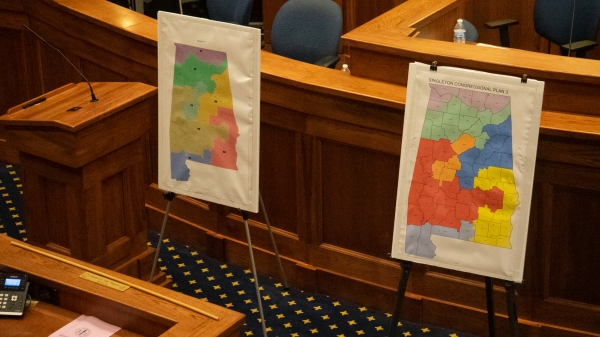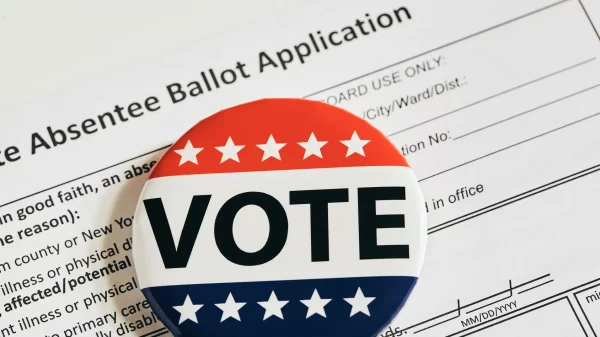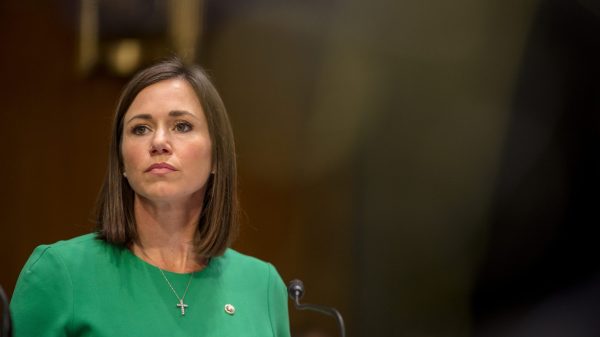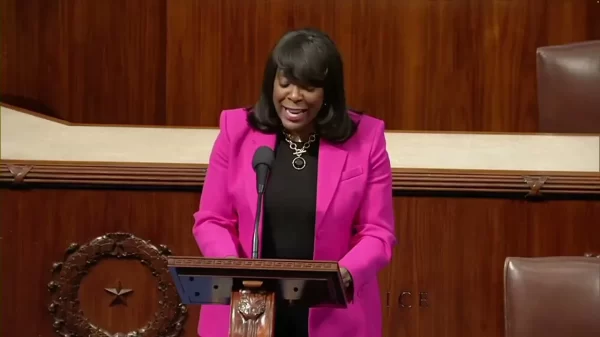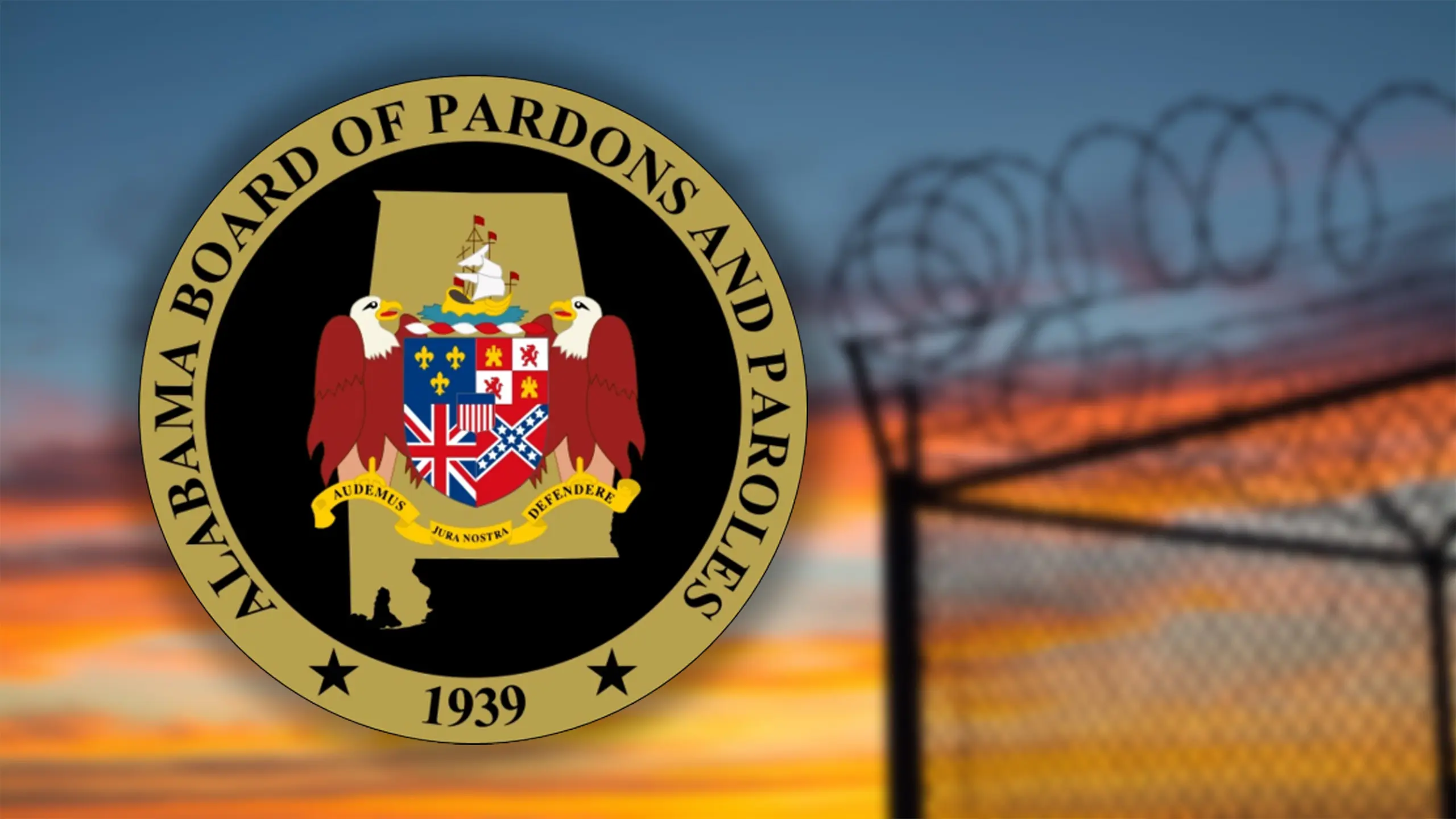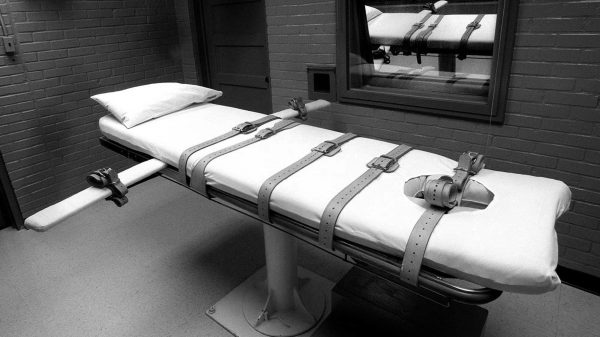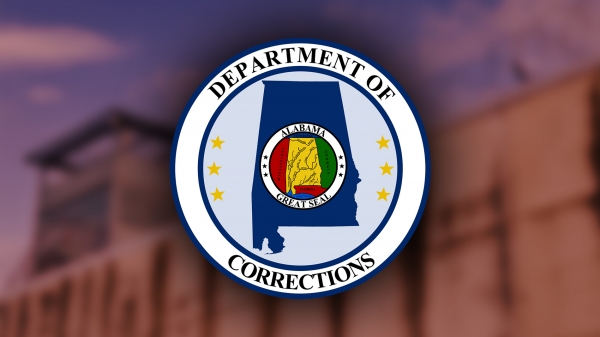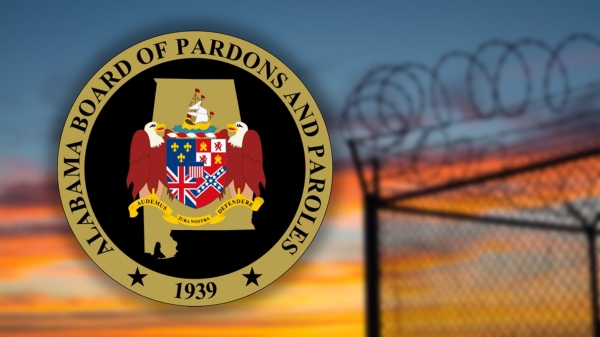The Alabama Board of Pardons and Paroles granted parole to just 33 individuals in May, continuing a trend of low grant rates that has drawn increased attention from lawmakers and criminal justice advocates.
Out of 187 hearings held last month, only 18 percent resulted in parole granted. That figure reflects a slight increase from April’s 15 percent, which was the lowest monthly grant rate recorded since November 2023, according to reporting by Alabama Daily News. Since the start of the fiscal year in October, the Board has granted 354 paroles from 1,697 total hearings, bringing the year-to-date grant rate to 21 percent.
Demographic disparities remained consistent. White applicants had a 25 percent grant rate in May, while Black applicants were granted parole in only 10 percent of cases. Women continued to see significantly higher success than men, 50 percent compared to 15 percent.
Applicants rated as low-risk were granted parole at a rate of 24 percent, while high-risk applicants saw only a 10 percent grant rate. No applicants classified as very high risk were granted parole in May. Offense type also factored heavily. Thirty-one percent of non-violent offenders received parole, compared to just 6 percent of those convicted of violent offenses.
The Board’s parole decisions continued to diverge from its internal guidelines. In May, the guidelines recommended parole in 79 percent of cases, but the Board conformed to those recommendations in only 22 percent of decisions. The monthly conformance rate has ranged between 19 and 28 percent throughout the fiscal year. By comparison, the rate was 37 percent as recently as November 2024.
Revocations continue to outnumber parole grants by a wide margin. In May, there were 168 probation revocation hearings and 82 parole revocation hearings. There were no revocations for individuals under mandatory supervised release. Since October, the Board has recorded 2,378 revocations, nearly seven times the number of paroles granted over the same period.
The number of Alabamians under some form of supervision remained steady, with 45,085 individuals listed in the report. Of those, 36,178 were on probation, 3,639 on parole or dual supervision, and 1,587 on mandatory supervised release. Another 1,410 individuals were monitored electronically via GPS, including 82 sex offenders and 381 people classified as Class A felons.
The Board also reported 565 active participants in its network of Day Reporting Centers, which provide treatment and reentry services. Most participants were male and between the ages of 30 and 49.
The May report comes after lawmakers questioned the Board’s parole practices during a legislative prison oversight hearing. Several members of the Legislature expressed concern about ABPP’s continued failure to follow its guidelines and the overall direction of parole policy in the state.
Rep. Chris England, D-Tuscaloosa, criticized the recently introduced draft parole guidelines, suggesting they were rewritten to match the Board’s existing low grant rates rather than to improve fairness or consistency.
“We shouldn’t be creating guidelines to increase our conformance rate. We should actually create guidelines that effectively assess the person that’s before them,” said England.
The draft guidelines were introduced after the Legislature passed a budget amendment requiring ABPP to revise its scoring system or risk losing funding. A public comment period on the new guidelines is open through July 4.
In 2018, Alabama’s parole grant rate stood at 53 percent. By 2023, it had dropped to 8 percent. The current fiscal year’s average of 21 percent represents a slight rebound but remains historically low.









